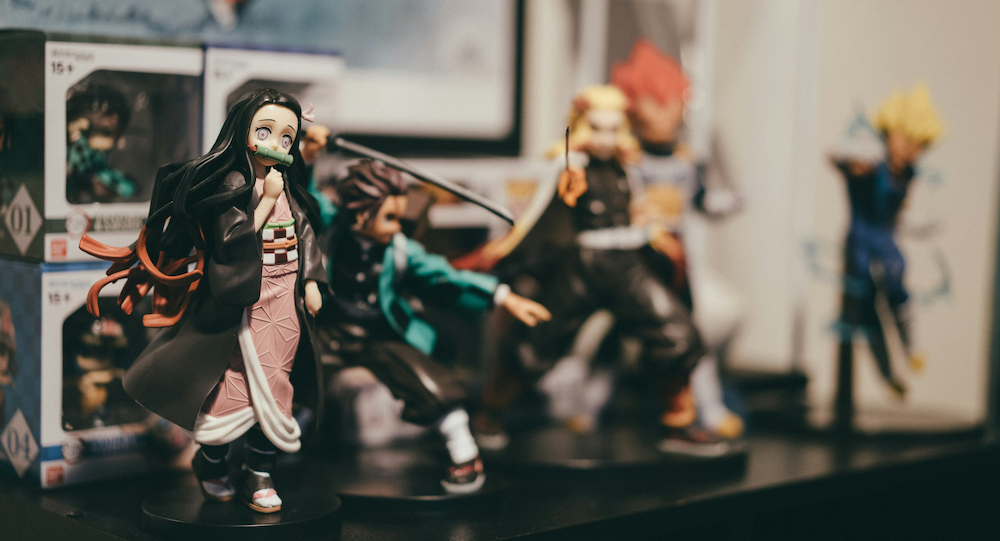Dragon Ball, Japan and the world: The legacy of Akira Toriyama


Dr Filippo Cervelli looks back on the work of late Japanese manga artist Akira Toriyama and its great cultural impact in touching the hearts of many across the world and contributing decisively to Japan’s global image.
On 8 March 2024, we received the sad news of Akira Toriyama’s passing at 68 years of age. His company, Bird Studio, confirmed that day that the author had died a week prior of an acute subdural haematoma. The whole world mourned the loss of one of the most influential and beloved mangaka of all time, with fans from all walks of life paying homage to his work and the impact it had on them, including French President Emmanuel Macron.
Who was Toriyama?
Toriyama is known for the manga series Dr Slump (1980-1984), a sci-fi comedy, but above all for the subsequent Dragon Ball (1984-1995), which has sold over 260 million copies worldwide. The adventures of the strong boy Son Goku (inspired by the monkey king of classical Chinese folklore and literature), mixing humour and sensational combat inspired by Chinese and Hong Kong action films, captivated audiences also through their messages on the importance of friendship and of overcoming difficulties.
Akira Toriyama’s manga was instrumental in making the medium go global.
While these are familiar themes in the genre of shōnen manga (comics generally aimed at young boys), no other manga before then had woven them to such entertaining and memorable effect. The series’ echo was further multiplied immensely by its animated adaptation (from 1986), which in turn has spawned sequels and iterations across media, ranging from video games to card games.
A modern manga conquering the world
But Toriyama’s impact goes beyond the commercial success of a single work, albeit immense. His manga was instrumental in making the medium go global. At the time of Dragon Ball’s publication, manga were virtually unknown to mass audiences outside of Japan, but as foreign publishers began to circulate Toriyama’s work in translation, especially from the mid-90s, things changed dramatically.
Many young Western readers were introduced to the world of manga, and its peculiar right-to-left way of reading, through the story of Son Goku and his friends. Not only that, despite it being a shōnen publication, Dragon Ball was popular among female readers too.
For many, Dragon Ball became synonymous with manga, the epitome of action entertainment, contributing to the spread of a form of Japanese fiction that has seen a steady growth in popularity ever since. Not only that, through its global success Dragon Ball was fundamental in establishing a system of manga production, media-mix, and worldwide distribution, always conscious of its international impact, which kickstarted a globalised environment on which recent manga-turned-anime hits such as One Piece (1997-ongoing) and Demon Slayer (2016-2020) have thrived.
A gateway into Japanese culture
With his manga and illustrations, including his art for the videogame series Dragon Quest, whose first instalment was released in 1986, Toriyama became also a symbol of Japanese culture in the world. In the wake of the country’s “internationalisation” (kokusaika) policy adopted since the 1980s to enhance its soft power worldwide, Toriyama’s creations became ambassadors of Japanese imagery, epitomising what Japanese popular creativity could be like, how entertaining it could be: in a word, embodying the concept of that “Cool Japan” which has also later been implemented as a precise government strategy.
Toriyama’s creations became ambassadors of Japanese imagery...embodying the concept of that “Cool Japan” which has also later been implemented as a precise government strategy.
Particularly through Dragon Ball, but not only, Toriyama made a crucial contribution to ferrying the world’s knowledge of Japan from niches of specialised connoisseurs to the general public. It is impossible now to appraise Japan’s soft power fully without considering the work of Akira Toriyama. His is a legacy that will live on in those who were touched by his manga and all those with an interest in modern Japanese popular culture.
Header image credit: Carson Masterson via Unsplash.
About the author
Dr Filippo Cervelli is a Lecturer in Modern Japanese Literature and Popular Culture. He teaches and researches modern Japanese literature, manga, and animation.




